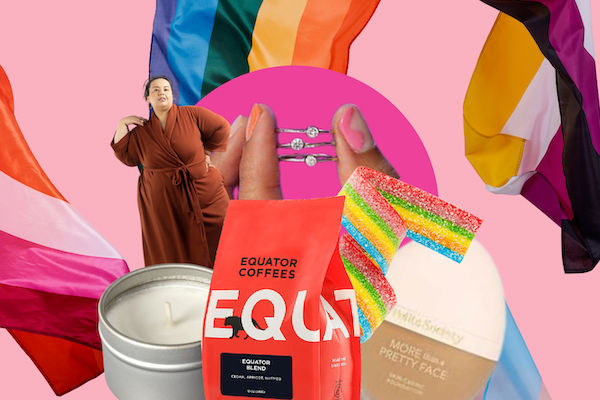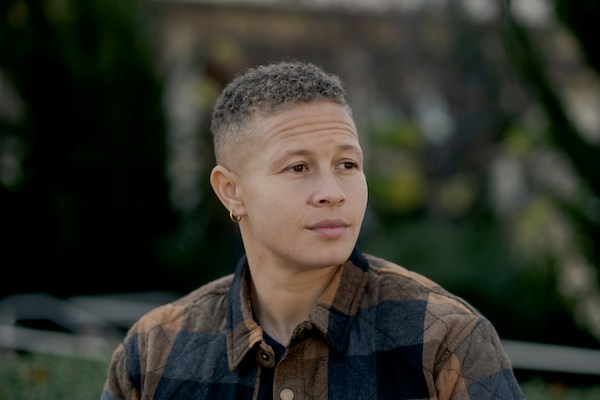
How to Make a Career Out of Your Love of Fitness
February 5, 2019
How to Plan the Ultimate American Road Trip with Your Partner
February 6, 2019While America has come a long way in accepting the LGBTQ community, the financial picture for these households continues to be different. Most people consider financial wellness the ultimate goal in their lives. Yet across America, most households are facing financial hurdles of rising debt, minimal savings and lower home ownership, including the LGBTQ households. With over 4.5 percent of Americans identifying as LGBTQ, let’s take a look at just how different lives are in these households when it comes to finances.
Dealing With More Debt
Consumers in the LGBT community are dealing with more debt, including the students. Over 70 percent of students leave college with some amount of loans to their name. While the average student in America is now graduating with over $37,172 in debt, an LGBTQ student has been found to leave with $16,000 more. Not only are they graduating with more financial burden, but they are also grappling more to repay these debts than their other counterparts. Sixty percent of LGBTQ college graduates regret securing student loans, while 28 percent of women and LGBT borrowers cited their loans as being too demanding. With them earning less compared to counterparts, this statement begins to make much more sense.
Households are also facing an increased level of debt. Approximately 80 percent of households are finding it difficult to manage their finances, thanks to higher amounts of debt. This can partly be attributed to a gap in spending habits; almost half of LGBTQ participants think of themselves as spenders, compared to the 32 percent of the general population. Younger members of the community particularly the 25-34 years age range, identified with this habit.
Savings & Retirement Lower On The List
The gap is also widening when it comes to savings, especially amongst the younger generation. Around 53 percent of 25-34-year-old LGBTQ Americans said they find saving to be a struggle. Overall, that number declines to 52 percent; making payment of credit cards a higher priority in an LGBTQ household. Part of this is influenced by the continuing pay gap that exists between the community and the general population, according to the 2016 Prudential Financial’s LGBT Financial Experience survey. Women are more likely to earn less than men, meaning lesbians find themselves even more in the red. Another part is influenced by their prioritization of discretionary spending, including dining out.
When it comes to planning for the future, 11 percent of income goes towards savings or retirement. One-third of them are habitual savers and the retirement savings for LGBTQ individuals were shown to be 25 percent less than that of other Americans. The education and employment of automated retirement funds management tools will play a large part in staying on track with retirement savings and plans. Their preference for life insurance is also less, with 42 percent owning some form of it compared to the 59 percent of Americans generally. Long term care plans come in at less than 10 percent of the population. Regardless of sexual orientation, retirees are looking at healthcare and medical bills of at least $280,000, so planning for the future is the smartest financial move to make.
Financial Planning is Lacking
Financial literacy and skills also seem to be lacking. About 86 percent of LGBTQ consumers think they need help managing their wealth portfolio, but two-thirds do not have a financial advisor. Proper planning for the future is essential within these homes, as they are presented with unique challenges according to individual state rules, including designations for retirement and long term plans. More people in the LGBTQ community are worried about having enough money in retirement, making financial and retirement planning tips increasingly important.
There is no question that the LGBTQ community is facing their own set of unique challenges when it comes to money. However, the solution begins with access to sound financial help tailored to these unique challenges. Only then can financial progress be made in the community.





